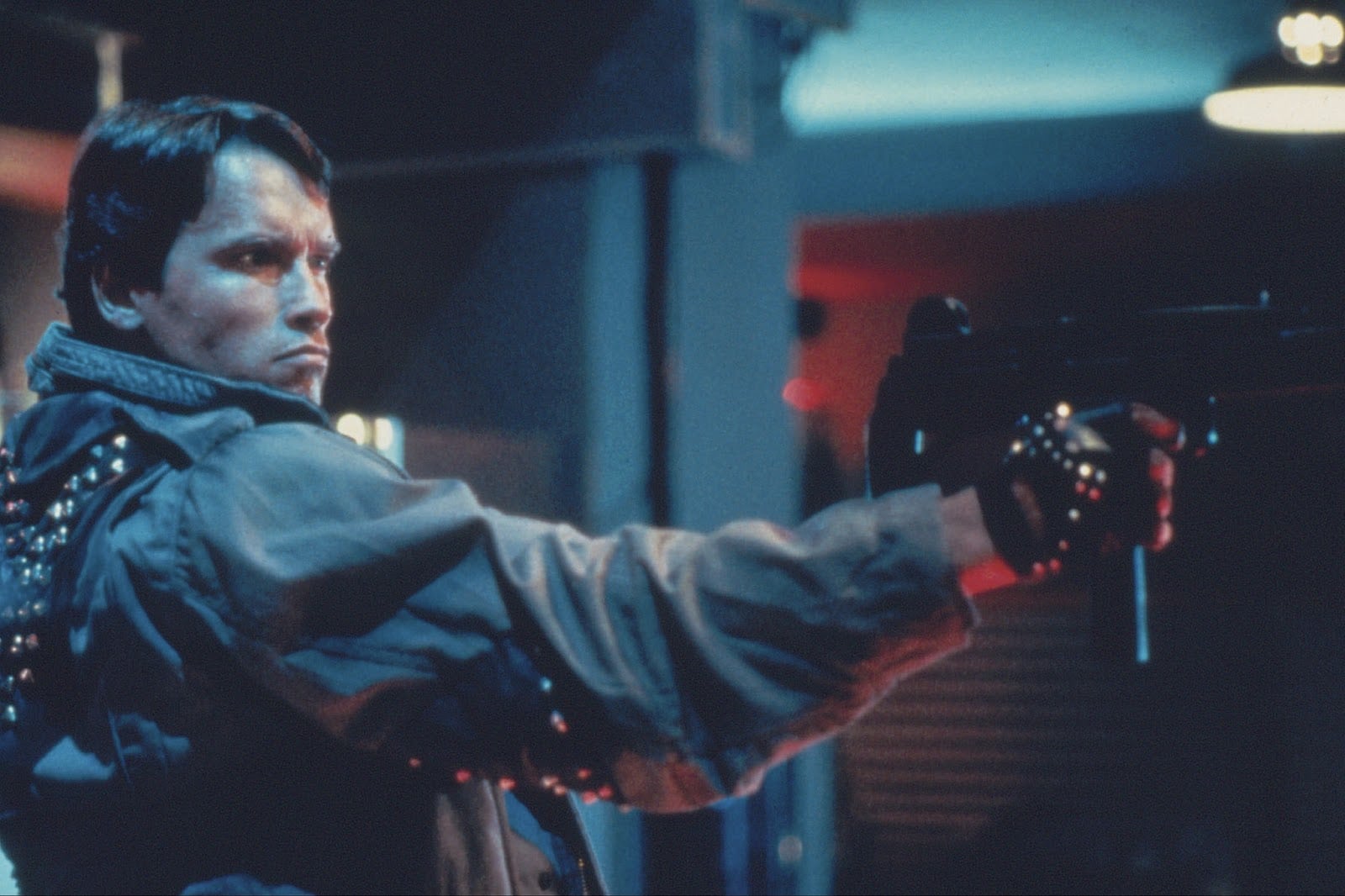The sci-fi blockbuster Terminator conquered world cinema 40 years ago - the first film was released in October 1984. And the iconic phrase "I'll be back" proved to be prophetic. He did indeed return over the decades, in six more fantastic feature films and the long-running anime seriesTerminator: Zero", which was released in late August 2024.
According to the IMDb rating, the first film is still ranked 218th in the TOP 250 best films of world cinema, and the second, Terminator 2: Judgment Day, is 28th.
Next, let's take a closer look at how the first film was created, how it managed to conquer audiences around the world and still hold its own in the movie ratings, and interesting facts about the film that every connoisseur of quality cinema should know.
How the first Terminator was filmed
The Terminator came to its creator, Canadian filmmaker James Cameron, in a dream. While filming one of his movies, the artist caught a cold, had a high fever and other accompanying symptoms. In this state, his brain generated an image of a robot coming out of the fire with a knife in his hand. After that, in 1982, the director wrote the film's script in collaboration with his friend William Wisher.
As is often the case with geniuses, it took a long time to find funding for the film. Large film companies did not want to take on the project. So Cameron sold it to a novice producer, Gail Anne Hurd , for just $1.
Filming began in the fall of 1983. Several versions of the endoskeleton were specially created for them: a full-length human body, the upper half of the torso controlled by puppeteers, and a smaller copy for frame-by-frame animation. A part of the face was also made separately for the scenes where the eye camera is visible. For the final scene, we made a mannequin out of thick foil with an eye in the shape of a small red light bulb.
Orion Pictures allocated$6.4 million for the production of the film, although this was too little. To keep within the budget, Cameron had to choose which scenes to include special effects in. In the end, they were the battle in the future at the beginning of the movie and the appearance of the Terminator in the form of an endoskeleton at the end.
In general, we had to save on a lot of things. For example, for this purpose, some scenes were filmed right on the street without any permits. Because of this, real passersby often got into the frame. In addition, the film's cinematographer, Adam Greenberg, used a regular wheeled chair instead of a special camera chair, which was quite expensive to rent.
It is also interesting that composer Brad Fadell created the famous metallic clang from the main theme using a cast-iron frying pan to bang on the microphone. And the effect of smoke rising from the Terminator's jacket was achieved with acid.
In addition, Arnold Schwarzenegger, despite his leading role, spoke only 17 sentences in 16 scenes.
There are many scenes with car chases in the movie. In fact, they were filmed at normal speed and accelerated during editing. At the same time, other cars with rotating lights were driving behind the scenes to create the impression that the car being filmed was outrunning the other light sources.
So, despite the limited budget, director James Cameron managed to create a tense and gloomy atmosphere with the help of special effects and the depiction of a dark, post-apocalyptic future.





